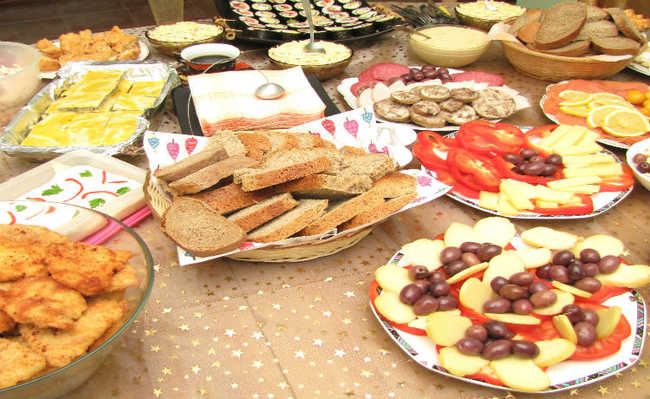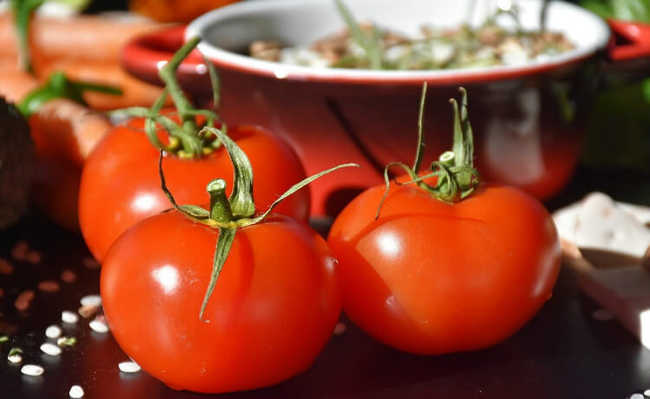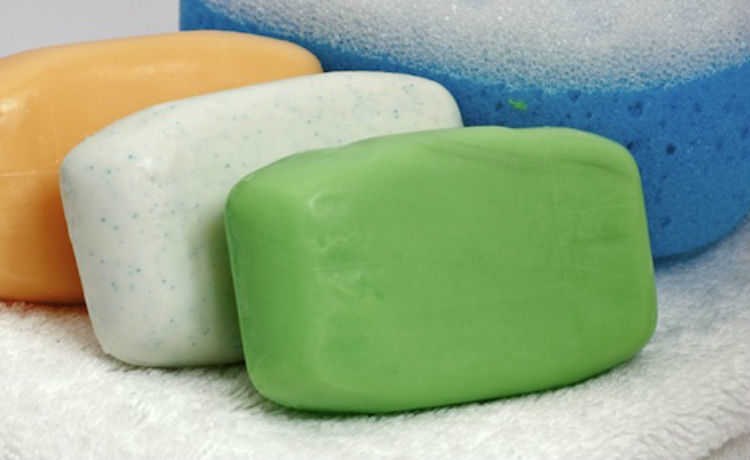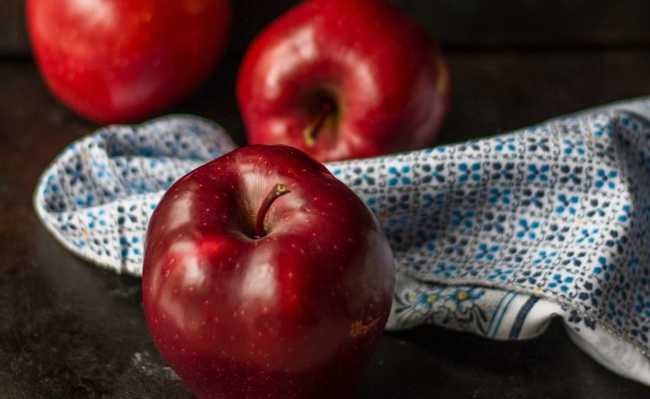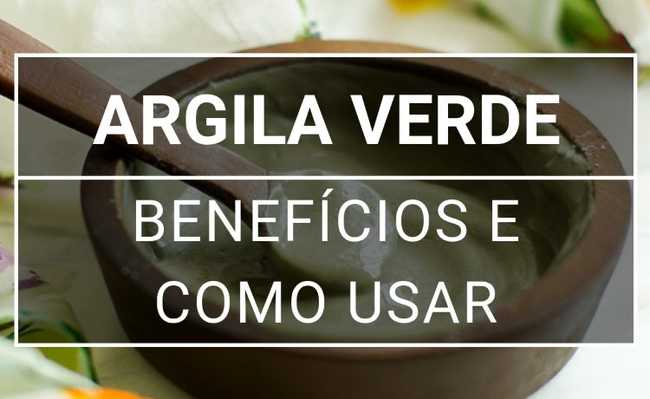Pink clay: great for sensitive skin
Rich in iron oxide, pink clay brings aesthetic and health benefits

Edited and resized image by Wesley Tingey is available on Unsplash
Pink clay is one of the most used in beauty treatments. It is a mixture of red and white clay, adding the best in red clay with the softness of white, resulting in a smooth clay, suitable for more sensitive and delicate skin.
- Clay: what is it, benefits and types
- Red clay: uses, properties and how to apply
- White clay: what is it for?
All clays are minerals that are less than two µm in size (micrometers - one thousandth of a millimeter) in a rock. They form from the degradation and decomposition of rock, due to exposure to wind, water, rotting vegetation and chemical agents over the years, which cause changes in the mineral.
The components present in them confer therapeutic properties and many health benefits. It is not new that human beings enjoy their qualities. Clays were one of the first forms of natural medicine known to mankind and were used by ancient civilizations as medicine, mainly for wounds. For some time now, they have become excellent allies in aesthetic and medicinal treatments. The use of clay for treatments became known as clay therapy.
The quality and composition of clay depend a lot on the region where each type is extracted. There are several types of clay and each one is suitable for a specific purpose. Each type has a composition of different minerals and it is this diverse composition that gives clays different colors, properties and applications. Therefore, it is very important to know the composition before using it.What is pink clay for
Pink clay is indicated for sensitive, delicate, reddened, allergic or irritated, dehydrated, acne-prone and with spidery and rosaceous skins.It is rich in iron oxide, which plays an important role in cell respiration and electron transfer, keeping the skin hydrated and supple. The pink clay serves to deeply cleanse the skin, removing toxins and absorbing excess oils, while providing the necessary minerals to restore the natural luster and shine of the skin and hair.
Making a pink clay mask also fights free radicals, preventing aging and wrinkles, being effective on mature skin. It has healing and smoothing properties from white clay, which soothe irritated skin, soothe rosacea and heal acne (learn more about the properties of white clay). Pink clay is also an emollient, keeping the skin moisturized, revitalizing and giving radiance.
Benefits of pink clay
Red clay has anti-stress and measure-reducing properties, and white clay is anti-inflammatory, astringent and revitalizing. The combination of all these properties is what makes pink clay so used in aesthetic treatments, as it combines the benefits of the two types of clay from which it is formed.
Pink clay can be used in body treatments, as in addition to relaxing, deflating and invigorating the skin, it also helps in burning and draining cellulite and localized fat. It also has a tensor effect, being very effective in tissue flaccidity treatments.
In hair, pink clay acts on blood circulation, stimulating and facilitating hair growth. It is antiseptic and detoxifying, eliminating bacteria from the scalp and can also be used in treatments to prevent oiliness.
How to prepare
Clay is found in the form of a powder, so to apply it mix it with pure water, hydrolates or saline solution until it forms a creamy consistency and can be applied as a mask. Pink clay contains a sufficient amount of nutrients to be used alone, it is not necessary to mix it with creams. Always use glass or plastic containers to make the paste, as metal ones can interfere with the minerals contained in the clay.
- What are hydrolates?
How to use
Wash your face beforehand with soap and apply the pink clay mask all over the face, except for the eyes and mouths and let it work for about 20 minutes before removing it with water. You will notice the smoothness and shine on your face. It is normal to feel a burning sensation after applying the mask, but do not worry, as medicinal clay is not contraindicated. Apply a moisturizer after removal to relieve the burning sensation. As it is a soft clay, it can be used every day without drying out the skin.
As a hair mask, pink clay should be applied to damp hair, massaging the scalp slowly. Let it act for about 20 minutes. Do not rub the clay paste on the strands, as friction may damage them. The paste slides naturally over the threads without adding force. For best results you can finish the treatment with vegetable oils - see which one is most suitable for the desired purpose and apply after removing the pink clay.
As clays are considered anti-residues, they provide a deep cleansing of the scalp. For hair that contains chemicals, such as in the relaxation and straightening processes, the clay should be applied two months after the chemical procedure, as it can remove certain substances that are contained in this process.
Pink clay can also be used as a pre-shampoo to relieve itchy scalp and to treat oiliness. Applying every 15 days is enough to nourish the hair. It is noteworthy that for such benefits, the pink clay must be natural and pure, free from substances harmful to health.
Where to find
Check the types of clays, vegetable oils and other 100% natural products available at eCycle store. As they are pure and natural products, clays do not degrade the environment.


